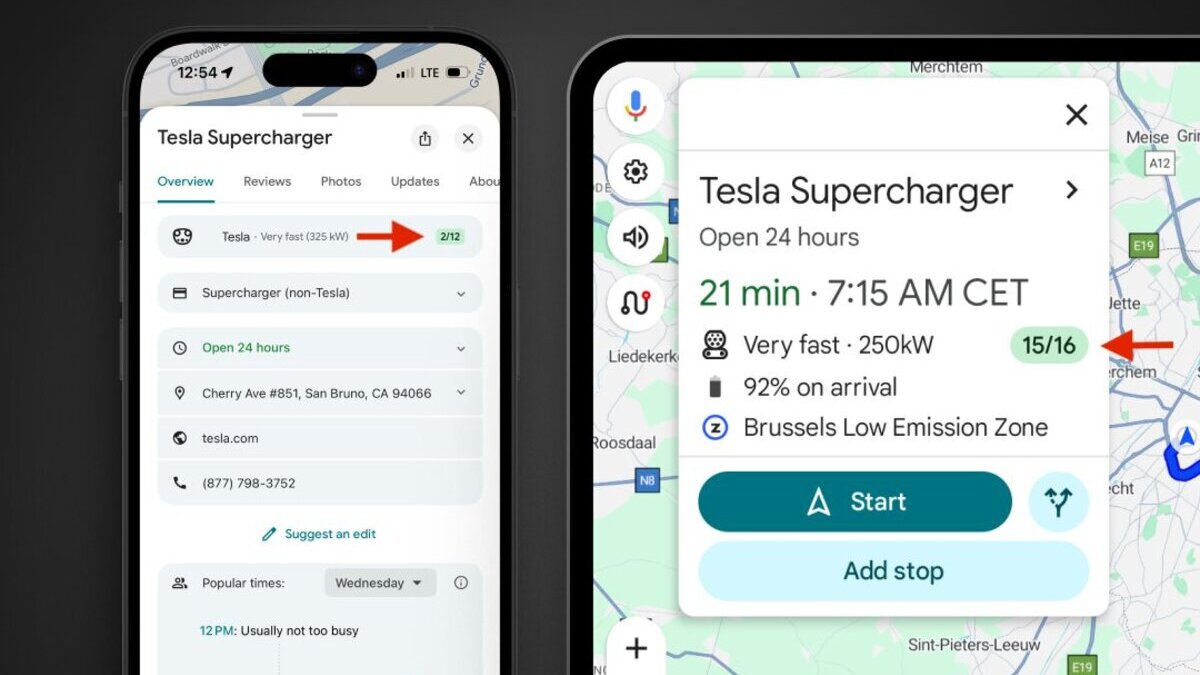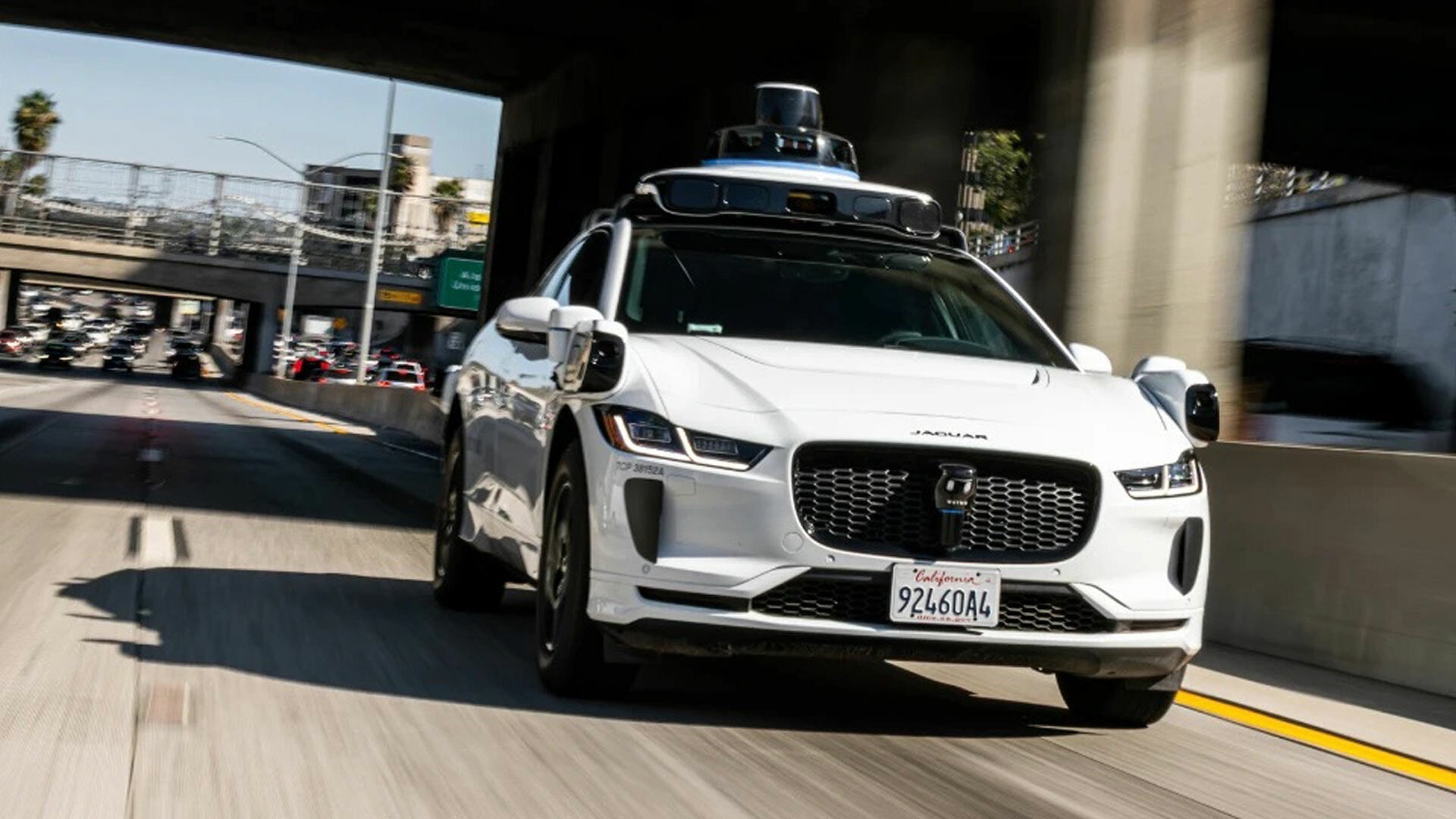A Small Change With Big Impact
Google Maps has quietly rolled out a new feature that’s set to make life easier for electric vehicle (EV) drivers. The app now displays real-time Tesla Supercharger availability, allowing users to see which stations have open stalls directly within Google Maps.
The live status appears under the “Overview” tab with green indicators showing available chargers. While this may seem like a modest update, it eliminates the need to toggle between multiple apps — a welcome improvement for drivers planning long-distance trips or daily commutes.

Streamlining the EV Experience
For years, EV owners relied on Tesla’s native app or third-party tools like PlugShare to check charger availability. These solutions worked but were often slow, inconsistent, or dependent on crowd-sourced data. Google Maps, on the other hand, opens quickly and integrates seamlessly with navigation routes, providing drivers with a smoother, more unified experience.
The new feature helps prevent unnecessary detours and reduces time spent waiting at crowded charging stations, especially in major cities like Los Angeles and New York, where Supercharger demand regularly exceeds supply.
Tesla’s Vision for Smarter Charging
Tesla’s Director of Charging, Max De Zegher, praised the integration and called it a step toward a more intelligent charging ecosystem. He suggested that future navigation systems could go even further—showing real-time wait times, predicted charger availability, and dynamic rerouting based on those forecasts.
He compared this approach to air traffic control: just as controllers direct planes to avoid congestion, advanced navigation systems could direct EVs to the most efficient charging locations in real time.
Limitations and Next Steps
While this update is a milestone, there’s still room for improvement. Pricing information and connector types (such as CCS or NACS) are not always accurate or visible, and real-time wait times are not yet included. In addition, while Tesla’s own app can still offer the most precise data, it can lag or fail to load, especially on Android devices.
Despite those gaps, Google’s integration shows that EV infrastructure and digital tools are evolving together, addressing one of the biggest challenges for electric mobility—charging convenience.

What It Means for EV Drivers
This partnership highlights a growing effort between major tech and automotive companies to make EV ownership easier. With live Supercharger data now part of Google Maps, drivers can plan more efficient routes, avoid congested locations, and spend less time worrying about where to charge next.
As EV adoption accelerates worldwide, innovations like this push the industry closer to a frictionless charging experience, where navigation, charging, and route planning all work together seamlessly.
Recommend Reading: Electrify America Now Shows Live EV Charger Availability on Google Maps








Share:
Top Affordable PHEVs With Longest Electric Range
Americans Still Want Electric Cars Even After Federal Tax Credit Ends